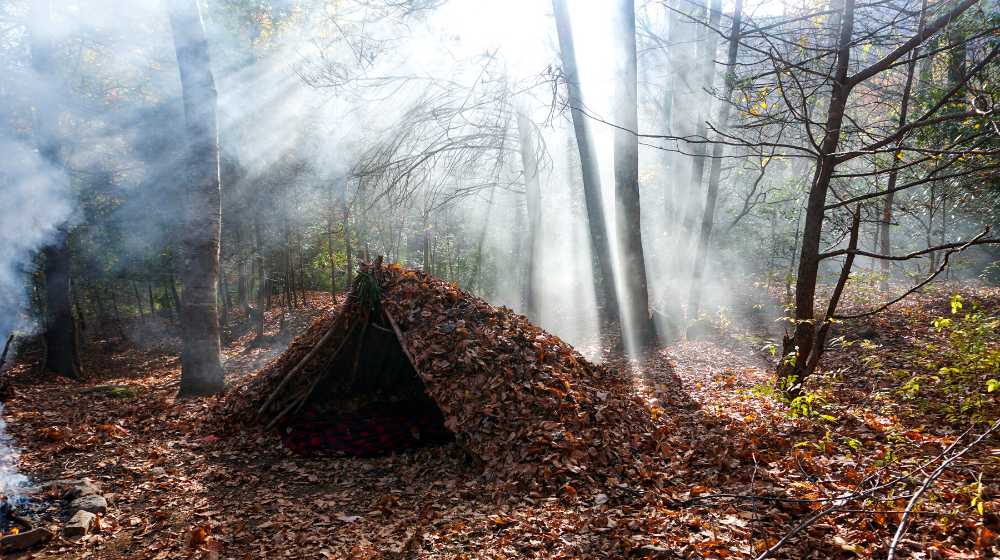
Shelter Building
Overall Goal
The goal is for the students to work in small groups to build a safe and seasonally appropriate shelter to withstand and provide protection from the elements.
In the winter students will work together to build a Quinzee (a snow shelter) following very strict parameters to ensure safety. At other times of the year debris shelters will allow more freedom for construction design and more chance for critical thinking and student voice. Another option for any time of the year is to learn how to create a shelter with a tarp and rope. Combinations of various shelters could be built depending on the 'scenario' set up by the staff or class.
Grade 6 Curriculum Connections
Social Studies - Heritage and Identity: Communities in Canada, Past and Present
- Assess contributions to Canadian identities made by various groups and communities, including First Nations, Métis, and Inuit communities, and by various features of Canadian communities and regions
- Use the social studies inquiry process to investigate different perspectives on the historical and/or contemporary experiences of a few distinct communities, including First Nations, Métis, and/or Inuit communities, in Canada
- Follow established safety procedures for outdoor activities and field work (e.g., stay with a partner when exploring habitats; wash hands after exploring a habitat
Science and Technology - Understanding Structures and Mechanisms
- Air has many properties that can be used for flight and other purposes (insulation)
Program Description
Looking at the materials available, students will construct a safe structure that could be used to weather the elements. The program involves collaboration amongst the class or small group sharing ideas and the work of construction.
The program will look at the insulation, purpose, strength and function of various materials while building on the learning about form and function of structures from previous grades.
The students will expand their learning and understanding of structures as it applies to Indigenous peoples and their communities including the materials that were used and are still used today in these traditional dwellings. What can we learn? How can our choices of building materials impact the environment?
Another avenue of exploration is how this learning about structures can be applied to social justice issues around housing. The cost of building and building materials is very expensive; let's evaluate our resources and consider their use in construction.
The students will have fun participating in this active program! The shelters can be put to the test by adding an optional sleep out. The program could be also be combined with our fire technology program.
Success Criteria/Learning Goals
- Students will be able to identify proper materials and locations to build shelters.
- Students will be able to work collaboratively on the design and construction of the shelter, be it snow, debris or tarps.
- Students will be able to contrast and compare the different techniques and share challenges and benefits of their design.
Pre-Trip Activity - Need to adjust.
A great kinesthetic activity for your students would be to learn and practice some knots. Shoelaces would work and could even be borrowed from a shoe for the activity. Here is a great website with a large variety of Basic Knots. Give the students time to learn a couple from our list and set up a Rope Tying Olympics. Knots to try that will be very useful are the Clove Hitch, Slip Knot, Bowline, Double Fisherman.
Next Step Environmental Action
Spot light shelter designs that assist or support communities in their efforts for social justice. See this video spotlighting a community in Africa with a floating school design. What can we learn and take away from these contributions? My Africa is: The Lagos Chronicles - The floating school How do our choices in building materials affect the environment?
Resources
How to build a quinzee is a great resource providing the basic steps to creating a winter shelter. For additional shelter styles and designs follow this link: Shelter Designs
This activity is suitable for the fall, winter and early spring.